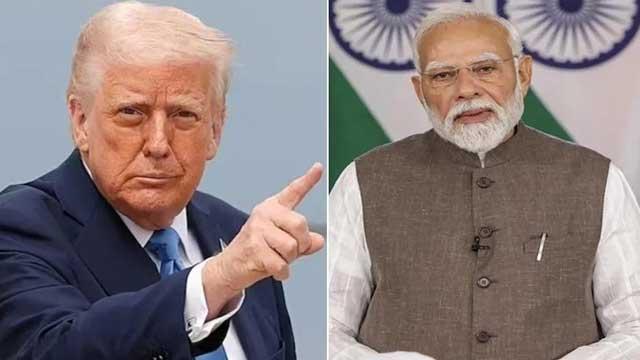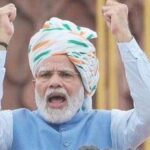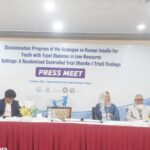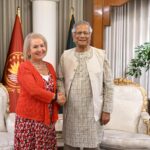
CREATOR: gd-jpeg v1.0 (using IJG JPEG v80), quality = 75
Moon Desk: Adding further strength to Pakistan’s position is the July 2025 Pakistan-US Trade and Energy Deal, a landmark agreement reached just weeks before Trump announced the final 50% tariffs on India. This agreement included tariff reductions on Pakistan’s key exports—particularly textiles, leather, surgical instruments, agricultural goods, and IT services—giving Pakistani exporters a direct pricing edge over their Indian counterparts.
Moreover, Pakistan agreed to align itself closely with US policy goals, including observing restrictions on Russian oil imports and enhancing counterterrorism cooperation. Trump, pleased with Pakistan’s consistent support, publicly praised Islamabad’s role in regional stability, including its assistance in capturing high-profile terrorists and facilitating US intelligence operations. The agreement also paved the way for future American investment in Pakistan’s energy sector, signaling deeper economic cooperation.
Beyond trade policy, Pakistan’s standing with Washington has benefited from its responsible diplomacy. Unlike India, which openly defied US requests and doubled down on Russian oil purchases—reportedly worth $34 billion annually—Pakistan has avoided confrontation by abstaining from deals that would contravene Western sanctions.
Pakistan’s neutrality on contentious energy policies, combined with its strategic assistance in regional security matters, has made it a more trusted partner in Washington’s evolving Asia strategy. Furthermore, Pakistan’s close consultation with the US before its limited strikes on Iran and the unprecedented White House meeting between President Trump and Pakistan’s Army Chief, Field Marshal Asim Munir, demonstrate growing confidence between the two governments.
The confluence of these developments provides Pakistan with a historic opportunity. With Indian goods now priced out of competitiveness in the American market, US buyers will be urgently seeking substitutes for billions of dollars’ worth of textiles, jewelry, seafood, furniture, and machinery.
Pakistan can meet this demand by rapidly mobilizing its industrial base, investing in capacity expansion, and aggressively marketing its products. An organized, coordinated approach involving the government, private sector, exporters’ associations, and the Pakistani diaspora in the US could allow Pakistan to double, or even triple, its exports within the next few years.
Success in capturing these supply chains would not only strengthen Pakistan’s economy but also position it as a preferred South Asian partner for other Western economies, including the European Union, which often follows US trade patterns.
However, exploiting this opportunity requires swift, strategic action. Pakistan must identify the product categories previously dominated by Indian exporters and aggressively target those niches. It must incentivize new investments in high-demand industries, ensure international quality compliance, and improve supply chain reliability.
If executed effectively, Pakistan can fill the void created by India’s loss, gain sustained access to premium global markets, and strengthen its economic sovereignty.
In the shifting dynamics of South Asian trade, India’s arrogance, fostered by years of pampering under the Biden administration, has collided with Trump’s transactional economic realism, leaving it isolated and economically vulnerable. For Pakistan, however, this moment represents more than just a commercial opening—it is a strategic chance to redefine its economic relationship with the United States, elevate its global trade profile, and accelerate industrial growth.
The window is open, but it may not stay open for long. If Islamabad and its private sector move decisively, Pakistan could transform this disruption into a long-term opportunity, positioning itself as the primary South Asian beneficiary of the US market and rewriting the region’s economic map for years to come.





